Attributed to a Paduan or Venetian workshop, ca. 1550–1600
Cast bronze with dark brown patina and signs of verdigris; formerly winged; mounted on a threaded base; both hands drilled for original attributes.
Height: 10.6 cm
Width (hand to hand): 8.5 cm
This finely cast bronze figure represents a dancing or airborne putto, likely an allegorical figure such as Eros or a cherubic spirit, originally intended as a functional decorative element — possibly for a lamp, inkwell, or ceremonial vessel. The figure is modeled with dynamic balance, standing on one leg with both arms extended, and was once fitted with separately cast wings, now missing, as evidenced by deep, symmetrical sockets on the upper back.
The facial modeling is serene and idealized, with softly rounded cheeks, almond-shaped eyes, and structured curls in a distinctly Renaissance style, reminiscent of the North Italian tradition of Andrea Riccio and Severo da Ravenna. The overall anatomical proportion, hair treatment, and restrained expression align with the aesthetics of mid-to-late 16th century Paduan bronzes.
The figure’s drilled hands suggest it once held symbolic attributes — likely a torch, arrow, or bow, consistent with classical themes of love or triumph. The presence of a threaded base fitting indicates the figure was mechanically attached to another object, typical of Renaissance and Mannerist bronze furnishings. Surface wear is minimal, and the figure retains a rich brown patina with green oxidation in recessed areas, particularly around the wing sockets.
Comparable examples are found in the collections of the Bargello (Florence), The Metropolitan Museum of Art, and the Victoria & Albert Museum, often as components of composite objects or mounted ornaments. The modest scale and integrated fittings mark this as a rare surviving example of functional Renaissance bronze ornament, made not as a freestanding sculpture but as part of an elite domestic or ecclesiastical ensemble.
Condition:Minor surface wear consistent with age
Both wings missing; wing sockets intact and stable
Patina stable and partially rubbed on highlights
Screw base intact and functioning
No signs of modern casting or restoration







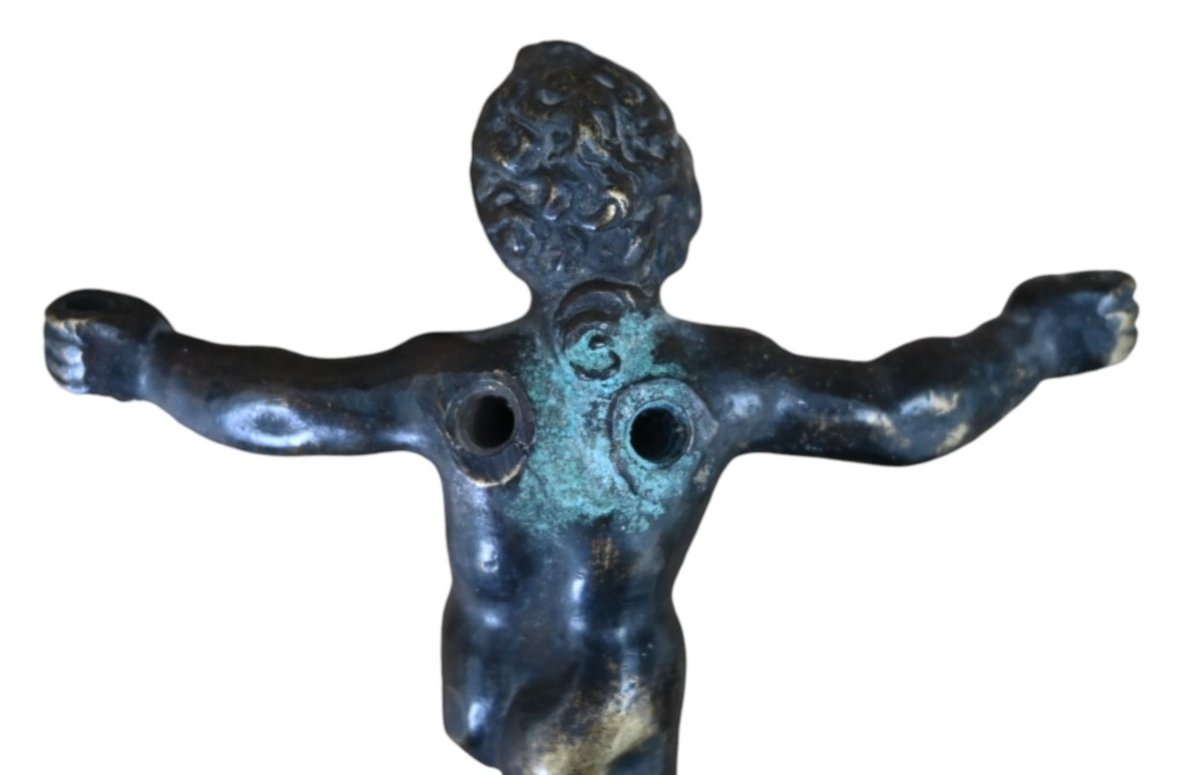


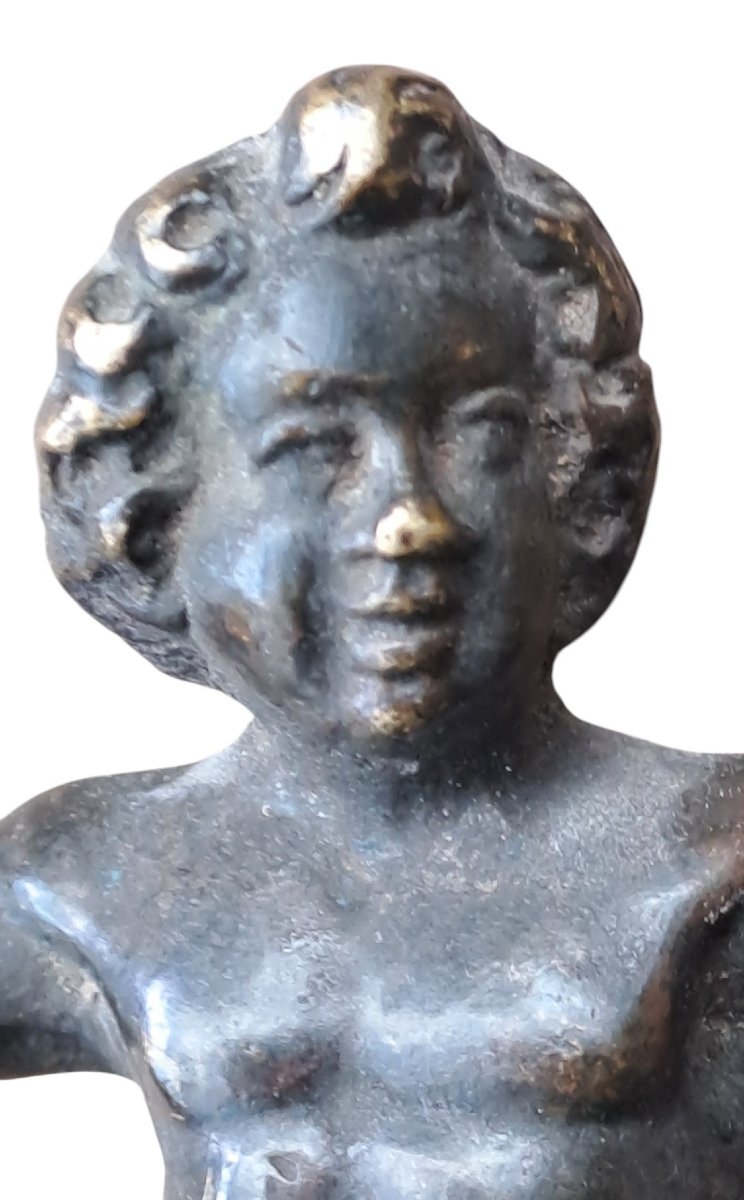
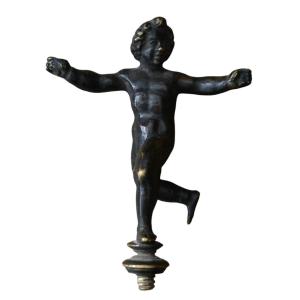










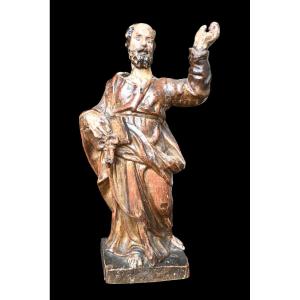



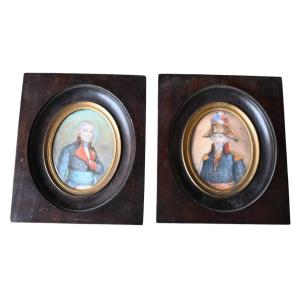


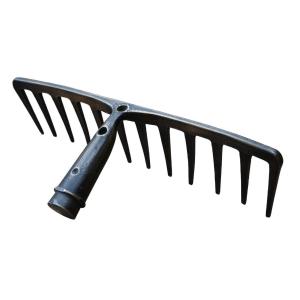
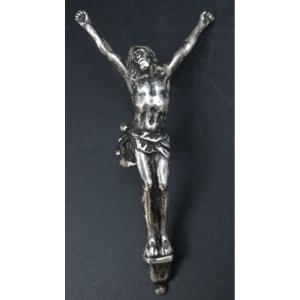


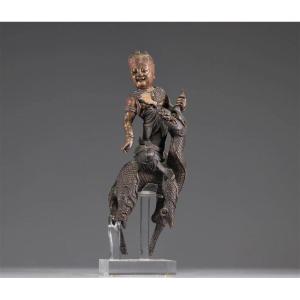



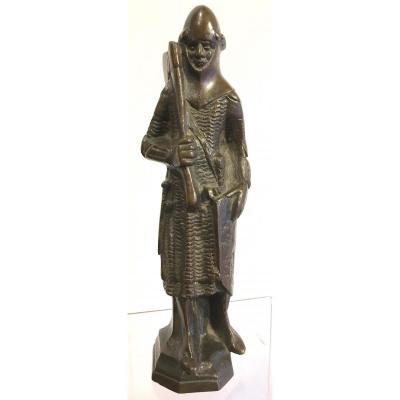
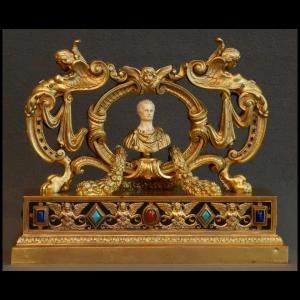
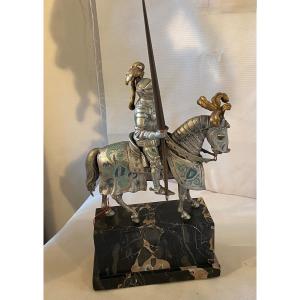




 Le Magazine de PROANTIC
Le Magazine de PROANTIC TRÉSORS Magazine
TRÉSORS Magazine Rivista Artiquariato
Rivista Artiquariato